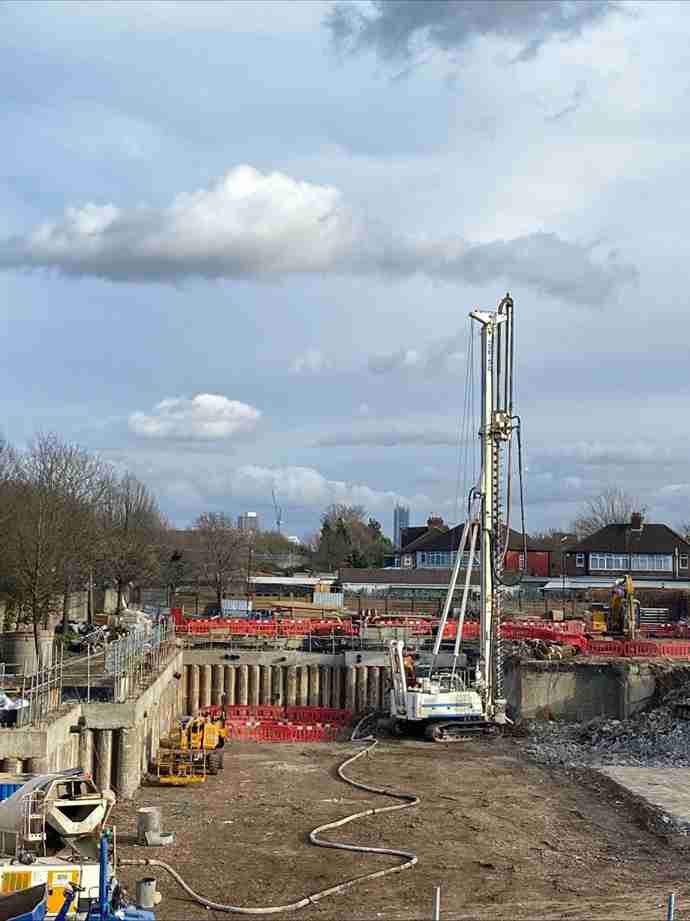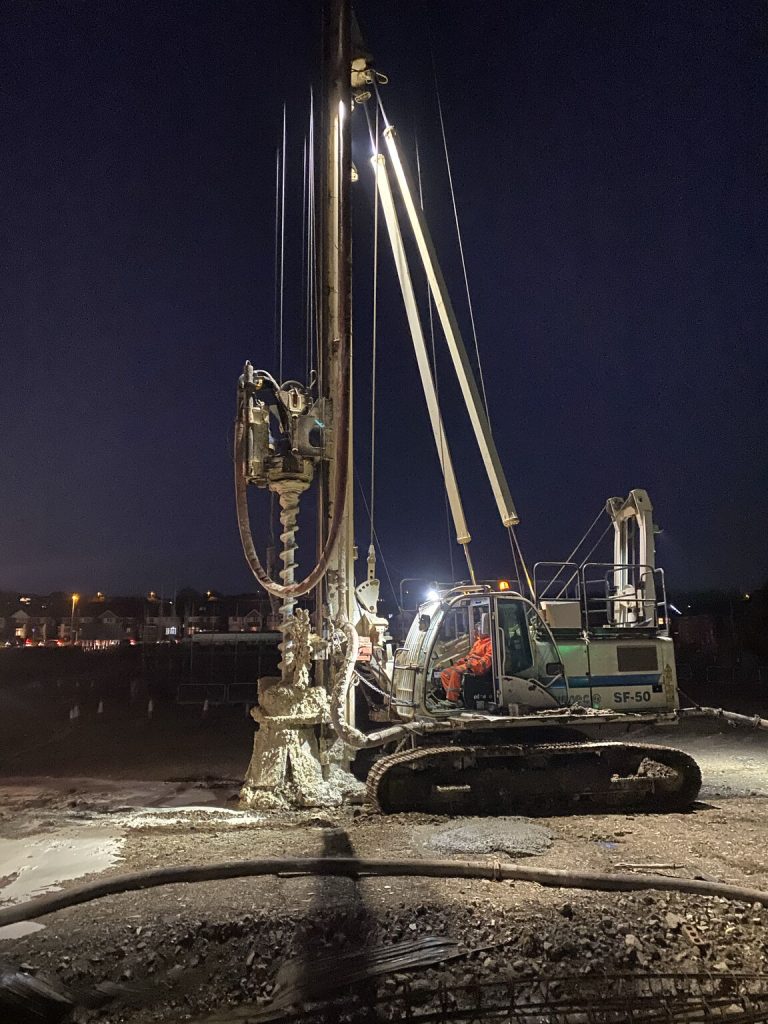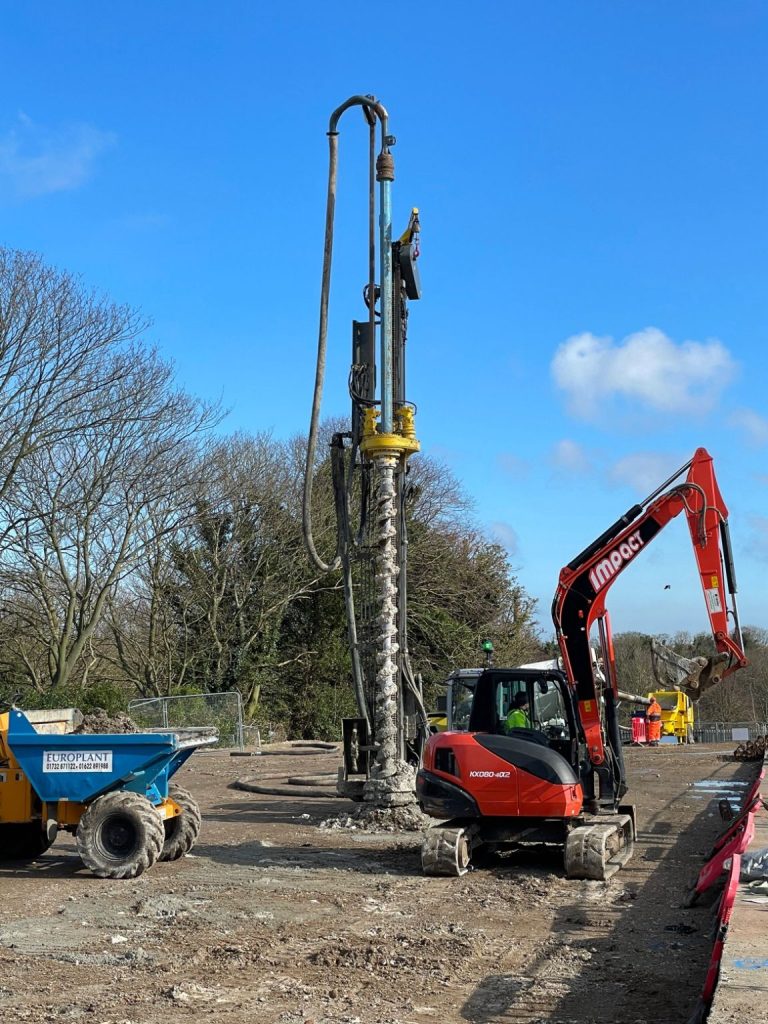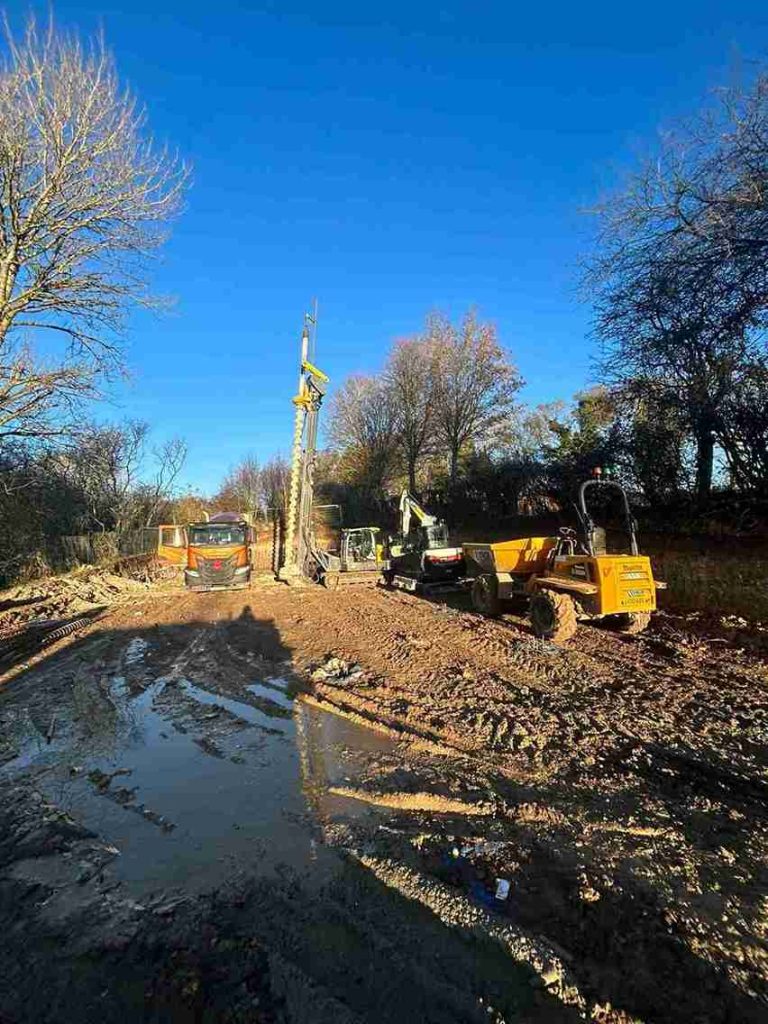Trench Fill vs. Strip Foundations
Trench Fill vs. Strip Foundations – Which Is Best for Your Project?
Choosing the right foundation type is crucial to ensuring stability, durability, and overall success when embarking on a construction project. Trench fill and strip foundations are popular options. Each method has unique advantages and considerations, making understanding their differences and applications essential. This article explores the characteristics, benefits, and potential drawbacks of trench fill and strip foundations, helping you determine which option best suits your project needs.
What is a Trench Fill Foundation?
A trench fill foundation begins with carefully excavating a trench to a specified depth, usually just below the ground’s surface. A tough layer is carefully placed at the bottom of this trench to create a strong and stable base for the concrete that will be poured on top. Once this groundwork is complete, concrete is poured into the trench, enveloping the hardcore and resulting in a flat, robust foundation supporting the above structure. The success of trench fill foundations depends on careful planning and precise execution. These steps are crucial to ensure they can support the building’s weight and withstand forces over time.
Benefits of Trench Fill Foundations
The suitability of trench fill foundations depends on several factors, including the size and weight of the building, the forces it will encounter, soil conditions, and budgetary constraints. Trench fill foundations offer numerous advantages:
Rapid Construction: These foundations are quick and easy to construct, making them preferred for projects with restricted timelines.
Suitability for Various Soil Types: They are suitable for different soil conditions and can be customised to meet various loading requirements.
Simplicity of Formwork: A wonderful advantage of trench-fill foundations is that they simplify the process, removing the need for expensive or complicated formwork.
What are Strip Foundations?
Strip foundations, also known as strip footings, are shallow foundations commonly used in construction, particularly for low—to medium-rise buildings with load-bearing walls. They consist of a concrete base poured into a trench, which supports walls or closely spaced columns. This method is cost-effective and easy to implement, making it ideal for structures with light load requirements on stable soil.
Strip foundations are a popular and affordable option for building homes and structures. Made of concrete, they are poured to a minimum depth of 225 millimetres to create a solid base for walls that reach the ground floor. This type of foundation is usually used on flat, stable ground that has been well-prepared.




Mon–Fri: 8:00am-6:00pm
Skilled Labour
Customer Satisfaction
Advanced Machines
Benefits of Strip Foundations
They distribute a building’s weight evenly, which helps prevent uneven settling. They are best suited for soils with a good load-bearing capacity and minimal movement, like sandy or gravel soils.
Cost-effectiveness: Strip foundations are typically cheaper because they require less concrete and reinforcement, plus the installation process is simple, saving overall costs.
Structural Stability: These foundations spread the building’s weight evenly, reducing stress on the soil and lowering the risk of uneven settlement.
Adaptability: Strip foundations work well on stable, cohesive soils, and they can be customised to fit different soil types and load needs by adjusting their depth and width. This flexibility helps ensure a solid foundation for various building projects.
Versatility: As long as the soil conditions are good, they are appropriate for various structures, from homes to small commercial buildings.
Ease of Installation: They are easier to install than more complex foundation types, allowing for faster construction.
Load-Bearing Capacity: Strip foundations are crucial for supporting load-bearing walls, ensuring the stability and integrity of many buildings.
Trench fill foundations Vs. Strip Foundations – Key Difference
Strip foundations and trench-fill foundations are similar in some ways, but they also have important differences. Trench-fill foundations require digging a trench around the building and filling it with concrete. On the other hand, strip foundations are long, narrow concrete strips placed under load-bearing walls.
Strip Foundations
Construction: Strip foundations are constructed using long, continuous concrete strips that are thoughtfully positioned under load-bearing structures to provide strong support to walls. This design helps distribute the structure’s weight evenly across the foundation.
Depth: Strip foundations are typically shallower than trench fill foundations, which allows for quicker installation in many cases.
Material: Depending on the structural requirements and soil conditions, the concrete used can either be reinforced with steel bars for added strength and durability or left unreinforced.
Suitability: These foundations are ideal for stable ground conditions, making them well-suited for structures with load-bearing walls, where minimising movement and settling is crucial.
Cost: Strip foundations are often considered more cost-efficient due to their reduced concrete usage and less extensive excavation requirements, which can significantly lower labour and material costs.
Not Suitable for Unstable Grounds: Strip foundations may not be suitable for unstable grounds or regions with high water tables, where soil movement could compromise structural integrity.
Trench Fill Foundations
Construction: Trench fill foundations are carefully excavated to the required depth, and then they are filled carefully, ensuring a solid concrete base. This method provides a solid base for the structure, especially on unstable sites.
Depth: Generally, these foundations are deeper than strip foundations, offering enhanced support for heavier structures.
Material: Trench fill foundations are primarily composed of mass concrete, which may not be reinforced, depending on the specific requirements of the building and site conditions.
Suitability: They are suitable for unstable grounds, areas with high water tables, or locations where tree roots may threaten structural stability.
Cost: With more concrete required, trench fill foundations might be a bit more expensive to install than strip foundations.
Less Excavation: This type of foundation makes construction easier because it requires less digging. A more stable footing also increases safety on site.
Conclusion
The choice between trench fill and strip foundations largely depends on the specifics of your project, including soil conditions, load requirements, and budget considerations. Trench fill foundations are often more stable and quicker to build, especially for large structures. On the other hand, strip foundations are usually cheaper and suitable for smaller, lighter buildings. Ultimately, assessing the needs of your project and consulting with a structural engineer will guide you in determining the best option to ensure the safety and durability of your building.
